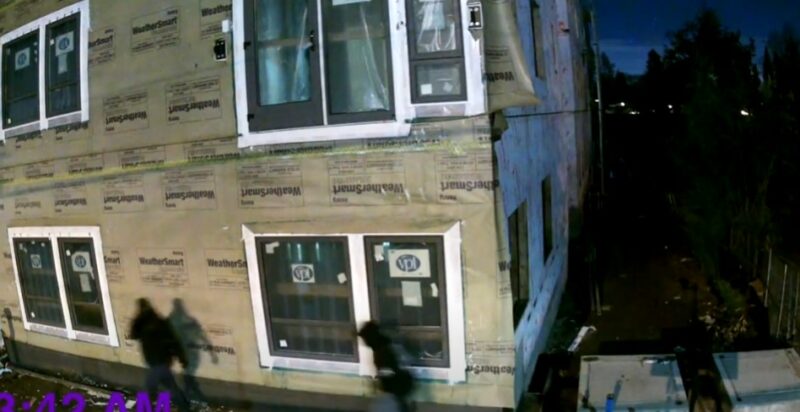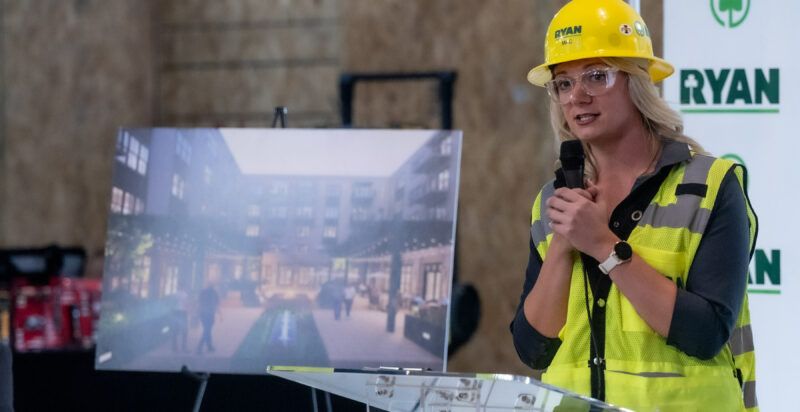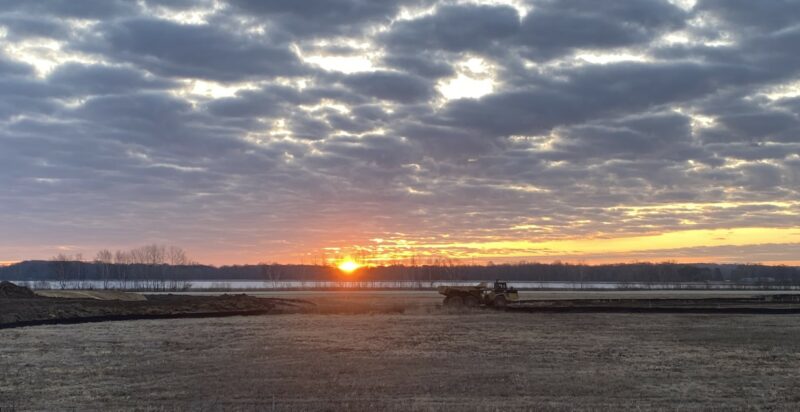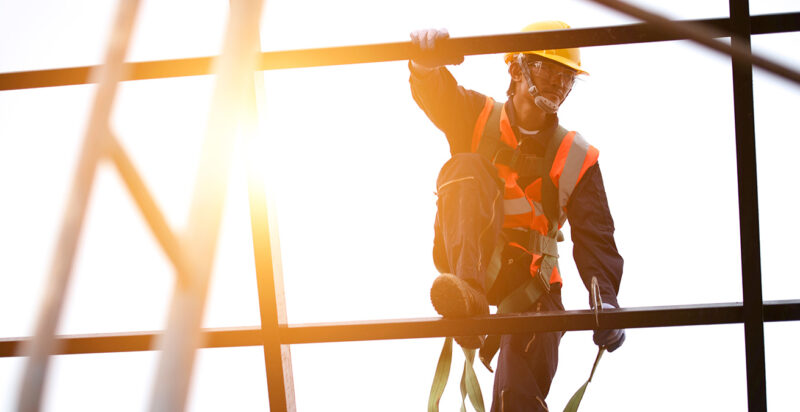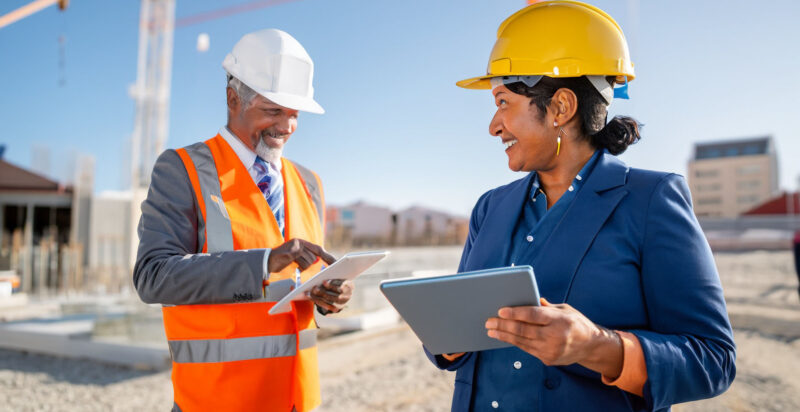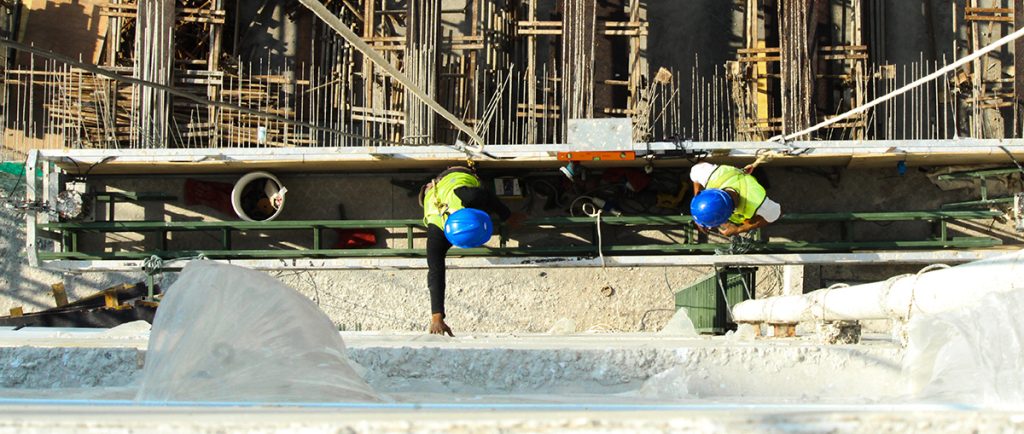
Construction is just one of many industries that have been adversely affected by the global pandemic in 2020. The revolving door of lockdowns and delays resulting from COVID-19 have given birth to completely new ways of managing a construction site. We have three tips for staying efficient during COVID downtime.
Emergencies are a way of life when it comes to construction sites, but with the right plan and the proper integration of the right technology, you can anticipate and solve problems with much less manpower. Technology, however, can be used in everyday situations to make life much easier for construction site managers and superintendents.
Pre and Post COVID Construction
Before the pandemic shut everything down there had been a move toward leveraging technology in the construction industry. However, it was not until the pandemic was in full swing did construction site managers realize how many more facets could benefit from an injection of technology.
Everything from construction cameras to environmental monitoring to resource management can be greatly improved with technology. In fact, some construction industry leaders have discovered the value of using their existing construction technology to offer their more digitally savvy employees more ways to avoid the office all together. So, what can construction companies do to stay efficient during COVID downtime?
3 Tips for Staying Efficient During COVID Downtime
Keep Communication Channels Open
With the leaps in technology, this is probably the easiest to manage for construction site superintendents. Keeping in close contact with workers, financial consultants, regulators, material suppliers, and clients is as easy as picking up your mobile phone. There are many apps that let you create virtual meeting spaces where entire teams can meet and review status or request help from other department heads. Staying connected is a great way to ensure any problems are addressed by the collective experience and intelligence of the group. That is a powerful tool for any industry, but it takes on even more value for deadline driven industries like construction.
Safety
First: Using Technology
to Combat COVID-19
With the obvious safety concerns COVID-19 poses for on-site construction work,
keeping track of changing regulations could be difficult. Thankfully, technology can make
addressing concerns and manage rules and regulations for your on-site staff.
Using temperature guns as employees enter a construction site, using construction cameras to monitor social
distancing of workers, and sharing project details through cloud-based project
management apps are just some of the ways you can make safety a priority on construction sites during
a pandemic.
Leveraging the Remote Office on a Construction Site
There have been studies done that revealed that remote work can be more productive than in-office work.
Few common activities have been impacted as much as working in an office environment. On a construction site, that office may be a small space without windows and recirculated air. That environment is perfect for spreading COVID-19 to your entire staff. The day to day administration of a construction site is something that cannot be put on hold, but with current technology, you no longer have to put your staff at risk to get the job done.
COVID-19 and Construction Technology
COVID-19 did not just change the present, it has changed the future. Despite recent news that a COVID-19 vaccine has proven 90% effective, no one knows just how long we will be dealing with the pandemic. Many experts believe things will get worse before they get better, which means resources will be stretched thin, projects delayed, and staff will be exposed.
Given these realities, technology is going to become more important as construction companies look to survive the pandemic. Platforms like SiteKick will find new ways of making the life of construction project managers easier, safer, and more efficient.
To find out how SiteKick is improving the outlook for construction project managers, schedule a demo today to learn how we are changing how construction projects are monitored and managed.
